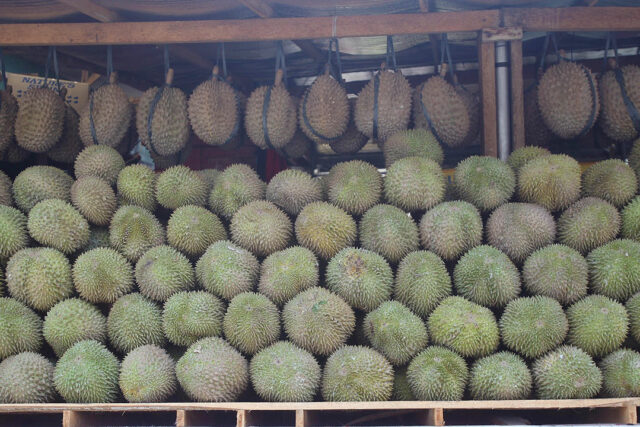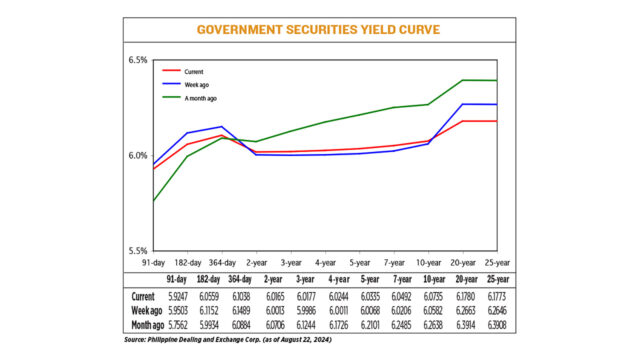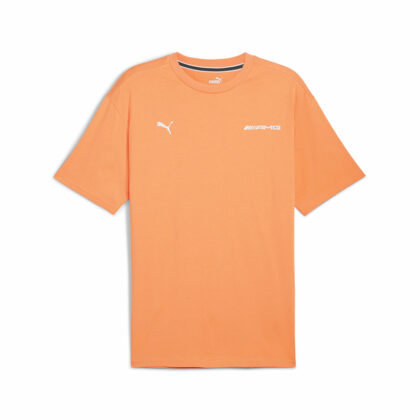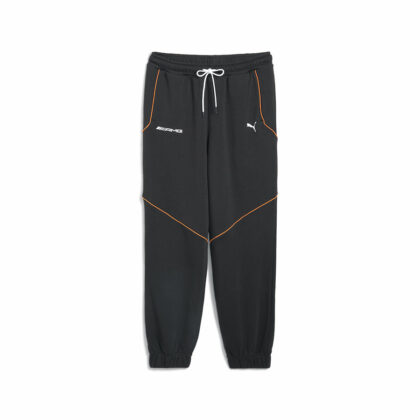Style (08/26/24)
Sally Hansen glosses up
SALLY HANSEN is introducing the latest additions to its range of nail products: the Miracle Gel Cozy Chic Collection, two new Miracle Gel Special Effects Top Coats — Moonlit and Glazed — and the Miracle Gel Color Grip Primer. These products promise salon-quality manicures with long-lasting color and shine, without needing a UV light. The Sally Hansen Miracle Gel Cozy Chic Collection (P645 each) is inspired by the warmth of cable knits and the comfort of creamy coffees. This lineup of creme shades will complement even the most neutral outfits. Pair it with a Miracle Gel Top Coat to get up to eight days of chip-resistant nails. The Sally Hansen Miracle Gel Special Effects Top Coats (P695) are 100% vegan, cruelty-free, and designed to mix and match with your favorite polish for a customized manicure that fits any look. For an iridescent shine, use the Sally Hansen Miracle Gel Moonlit Top Coat. To capture a pearlescent dewy manicure, try the Sally Hansen Miracle Gel Glazed Top Coat. For a manicure that truly lasts, there is the Sally Hansen Miracle Gel Color Grip Primer (P695). This primer preps the nails for optimal color adhesion, extending the life of nail polish by up to two additional days. When used as part of the Miracle Gel three-step system, it delivers up to 10 days of color and shine. Sally Hansen is available at Rustan’s (Makati, Shangri-La Plaza, Alabang), The SM Store (North EDSA, Makati, Mall of Asia, Megamall), LOOK (SM Aura, SM Mall of Asia), The Landmark (Trinoma, Makati, Bonifacio Global City), Mitsukoshi Beauty; and online at Rustans.com, Lazada, and Shopee.
COS unveils A/W 2024
NATURE continues to inspire in the COS Autumn Winter (A/W) 2024 collection, with a neutral palette enhanced by rich burgundy tones. In womenswear, an angular blazer and straight-leg trouser suit sit seamlessly alongside a Responsible Wool Standard certified hooded top, paired with a voluminous leather skirt. A sculptural checkered jacket in woven leather exhibits a uniquely tactile surface, while effortless, loose-fitting leather, wool, and denim trousers are dressed up with leather shirting or softened by fine knitwear. Leather boots, loafers, or buckled sandals finish each look, complemented by fringed or quilted clutch bags. The menswear collection features modern twists on traditional styles, including a contemporary wool herringbone coat designed for day-to-evening dressing. Experimental layering highlights innovative and well-proportioned fits, while relaxed, loose-fitting suiting, and textured knitwear contrast with the sharp, clean lines of elegantly tailored shirts. Fluid trousers are worn with oversized leather jackets, while casual denim sets feature statement topstitching. Woven leather accessories, neckties, and winter scarves complete menswear looks this season. The season’s marketing campaign features Academy Award nominee, actor, and playwright Colman Domingo, actor Christopher Abbott, and singer Aidan Bissett, alongside model and actress Mariacarla Boscono, who closed the brand’s Spring/Summer runway in Rome this spring, photographed by Karim Sadli.
NUXE Honey Lip Balm marks 30th anniversary
FOR 30 years now, the NUXE Rêve de Miel Collection has been known for its moisturizing honey-infused products with botanical oils. It all started in 1994, when NUXE founder Aliza Jabès thought of creating a honey-based balm to repair the lips. An error in the first trials produced a very thick texture, but the formula was found to be extremely effective. The NUXE Rêve de Miel Honey Lip Balm (P995) is ideal for nourishing, repairing, and softening very dry and sensitive lips with 100% natural-origin ingredients. The combination of beehive concentrates such as lavender honey from Provence, propolis, and beeswax form a “dressing” effect that soothes and nourishes the lips. Its formula contains notes of grapefruit and lemon. Other NUXE Rêve de Miel favorites include the Honey Lip Care 10ml (P1,250), the newest addition to the NUXE Rêve de Miel Collection. This transparent oil-based formula contains honey and organic camelina oil that hydrates and comforts the lips without a sticky feeling. Apply the Honey Lip Care on the lips using the foam applicator any time of the day and achieve an ultra-glossy finish. The NUXE Rêve de Miel Lip Moisturizing Stick (P595) is a staple for softening and restoring comfort to dry lips all day. Its light formula with honey and organic sunflower oil leaves a non-stick finish on the lips. To give lips a pink glow, there is the NUXE Very Rose Hydrating Lip Balm (P995). Use this moisturizing lip balm before applying lipstick for improved hold and to keep lips smooth and soothed with its rose oil extract. NUXE lip care products are exclusively available in-store at Rustan’s and LOOK; and online on Rustans.com, Lazada, and Shopee.
M&S Beauty gets buttery
MARKS & SPENCER (M&S) Beauty announces the launch of its new own-brand range, Burst Bodycare, made with up to 98% natural ingredients. Burst Bodycare’s body butters are the highlight of the range, clinically proven to provide 96 hours of moisturization. In addition to body butters, Burst Bodycare offers a body scrub, body wash, hand wash, and hand lotion in five fragrances: Shea, Orange, Mango, Melon, and Cherry. These formulas featuring shea butter are created with fruit extracts which are kind to the skin. The range is dermatologically tested, cleansing, and clinically tested. Shop Burst Bodycare in selected M&S stores: Glorietta 4, Greenbelt 5, Shangri-La Plaza Mall, Mall of Asia, SM Aura, Alabang Town Center, Trinoma, and SM North EDSA.





















